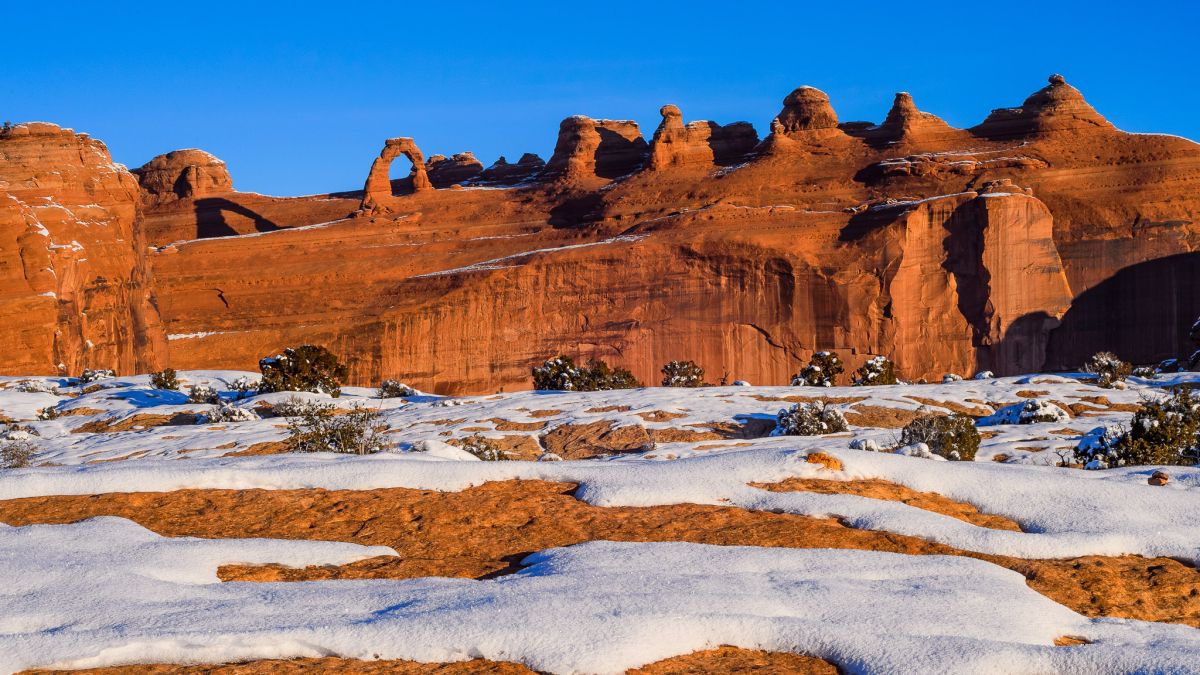
If you think wintertime is an excuse to put your camera away and stay warm indoors, then you need to read this article! Winter photography can be one of the most rewarding challenges in photography, whether you are interested in landscapes, cityscapes, seascapes, wildlife, or even portraits!
In this article, we will cover a variety of tips, ideas, and examples; everything from the technical to the creative! You might be surprised, too–some of these tips go against the conventional wisdom you’ll find elsewhere!
With that said, let’s dive into these seven winter photography tips.
Trust Your Camera’s Weather Sealing

First and foremost, don’t be afraid of a little rain or snow! Your camera is going to be just fine, especially if it is weather-sealed. Even if it is not, you’d be surprised by how durable your camera body and lenses are.
Yes, all cameras and lenses have ratings for their “designed operating conditions” including how low of a temperature they are rated for. However, if you know your camera is rated to function down to, say, freezing, (32F, 0C) …you shouldn’t use that as an excuse to pack up and go inside as soon as it gets one degree below freezing! As long as you’re not down near record-setting lows in an arctic tundra, your camera will be fine.
Don’t panic if the rear or top LCD displays start to act weird, either. They can do that when they get too cold, but they’ll be fine again when they warm back up!
Last but not least, if you do accidentally do something truly reckless, keep calm and read this article here. (Hint: These cameras all turned out fine!)

With that in mind, get bundled up in something warm, and head outside! One of my favorite things to do in winter is to simply be present when conditions are harsh. (Of course, as safely as possible, using an appropriate vehicle and chains, or hiking/camping etc gear.)
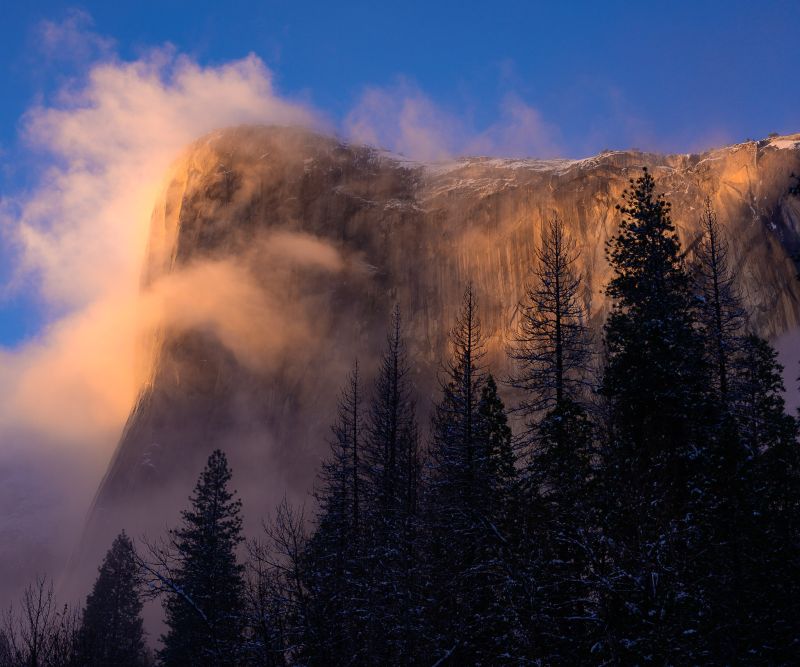
Wait out a winter storm, and then step outside your car or cabin (or tent!) just as the storm is clearing, and you may be treated to one of the most beautiful sights that nature has to offer.
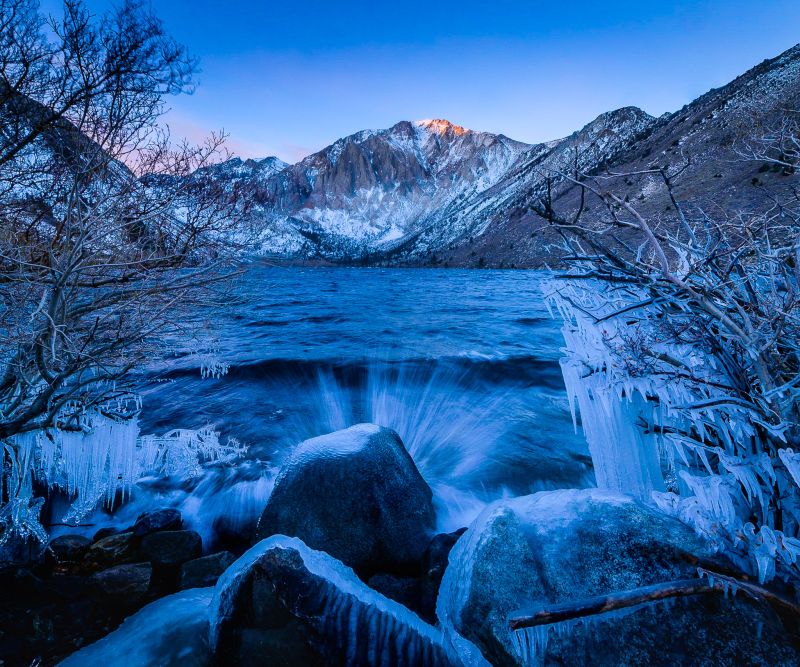
You Don’t Need Snow In Every Winter Photograph

When people think of photography in the winter, they probably imagine a “winter wonderland” that always includes snow and ice. Honestly, though? With or without snow, winter weather conditions are beautifully unique.


Whether it’s a freezing cold sunrise creating mist/steam, or an ominous storm, the opportunities exist almost everywhere, showcasing the harshness and dramatic scenes of winter. No snowflakes are required!
Clear Days Are Perfect For Distant Views

As someone who lives in smoggy, hazy Southern California, I have one unique favorite subject that some photographers might not think of. That is, I like to watch not just the weather conditions, but also the local air quality. If the above example doesn’t make it apparent enough, the next couple of examples will…

Above is the Downtown Los Angeles Skyline, and the Hollywood sign, seen from over 50 miles away in south Orange County, California. Simply put, I have never seen such clear conditions in my entire life!
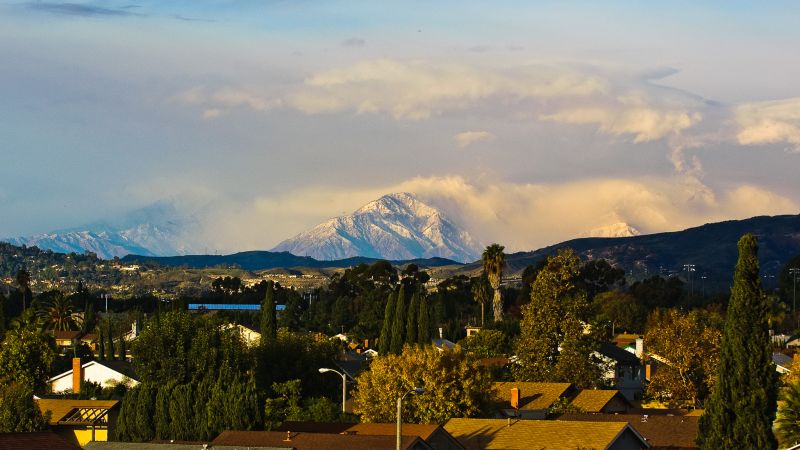
Change Temperatures Slowly

This tip is very important for anyone who will be going in and out of either a car or cabin or another heated area. Basically, every time you change the temperature of your camera gear, you can create condensation on your lens, even inside your lens/camera, if the humidity is high.
So, especially when you are warming up very cold gear, this tip is a must: Leave your gear in your camera bag, with just a little bit of airflow in and out of the bag, so that it changes temperature gradually.
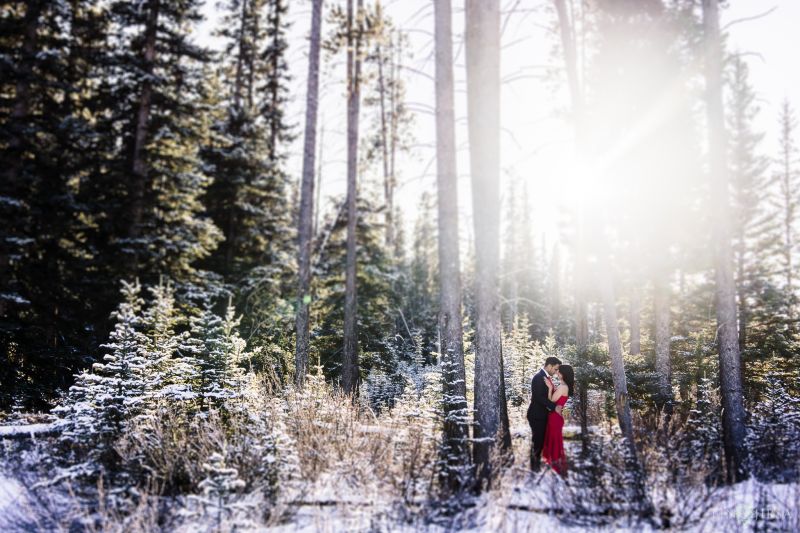
Why can’t you just run outside to capture a few quick portraits, and wipe the condensation off your lens? That’s an option, of course, but the condensation will likely just come back almost immediately, especially if the change in temperature is great. Simply put, break this rule at your own risk.
Keep Your Batteries Warm (Even While You Use Them!)

This is a common tip for winter photography, however, I’m going to vastly improve on it now! Yes, as you probably already know, lithium batteries tend to perform poorly in freezing temperatures.
Honestly, though? I don’t want to have to carry 3-4 batteries and cycle them through my pockets and the camera all day! Few things are more annoying in winter photography than putting a “dead” battery in your pocket, hoping it will magically regain a few percent of its charge when it warms up so you can shoot a few more photos.

Do this instead: Buy yourself a big 10,000 mAh or 20,000 mAh battery pack, and slide that into your pocket to keep it warm. Then, get a USB cable long enough to reach your camera while either hand-holding or working from a tripod. Alternatively, if you’re going to be working from a tripod the whole time, you can try a neoprene or similar type of insulated pouch to protect the battery, and strap it to your tripod leg.
Most cameras these days have USB-C ports, and many either accept or require USB-PD (power delivery) in order to actually power the camera while it is on. (Otherwise, you will only be able to charge the battery while the camera is off)
NOTE: Nikon’s latest cameras require the minimum level of USB-PD, which is 18W. The best name brand (Anker PowerCore) is just $59, however, it is “only” 20W. Unfortunately, Canon’s EOS R5 requires a whopping 45W, which is a much more expensive battery, ($159 for this Anker PowerCore+) …but still a good value, considering it is the equivalent of 4-5 Canon LP-E6NH batteries which run $80 apiece. Alternatively, this highly-rated generic USB Power bank packs 60W (enough to charge a small laptop!) for just $49.
There’s Always Snow At The Top

If it’s the middle of summer where you are, and you’re really missing those gorgeous winter photography scenes, this tip will cheer you up: If you climb a high enough mountain, there’s almost always a bit of snow somewhere! (Both the above and below images were made in August.)

Of course, accessing high mountains might also not be possible for everyone in every part of the country, but at least it’s a possibility for you to consider if you have a big summer (or spring or fall) road trip to plan.
Best Winter Photography Tip: Watch Out For Spring!
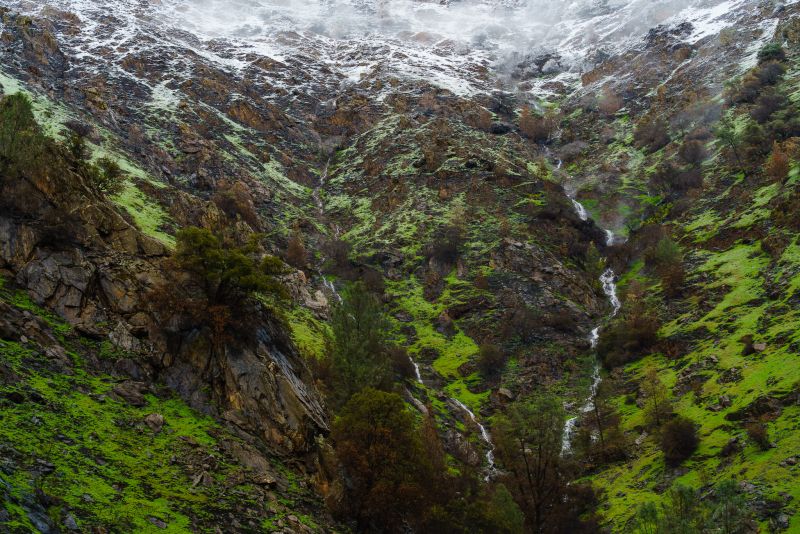
Last but not least, one of the most exciting things I’ve ever seen when doing winter photography has been…an early spring! Indeed, believe it or not, both of these photos (above and below) were captured in January. Even the sunny desert wildflower scene below was actually a freezing cold “winter” morning…

In nature, it is truly exciting to witness and capture the very beginning of a changing season. I’m not a climate change scientist, of course, so I can’t comment on whether these conditions and phenomena mean anything more significant than just being beautiful. All I can say is that both of the above moments created some of the most vivid memories of my life.
Winter Photography | Conclusion

Whether you’re looking for the classic postcard “white Christmas” scenes, or you’re looking for something truly unique and creative, winter photography is an exciting, beautiful opportunity.
Admittedly, not every opportunity will turn out perfectly. The very nature of winter itself will sometimes send you home without that epic photo you were hoping for. Either way, I would strongly encourage you to get warmed up and/or dried off, recharge your batteries, and get ready for your next winter photo adventure!
Matthew Saville
Follow his wilderness nightscape adventures on Instagram: instagram.com/astrolandscapes





Get Connected!